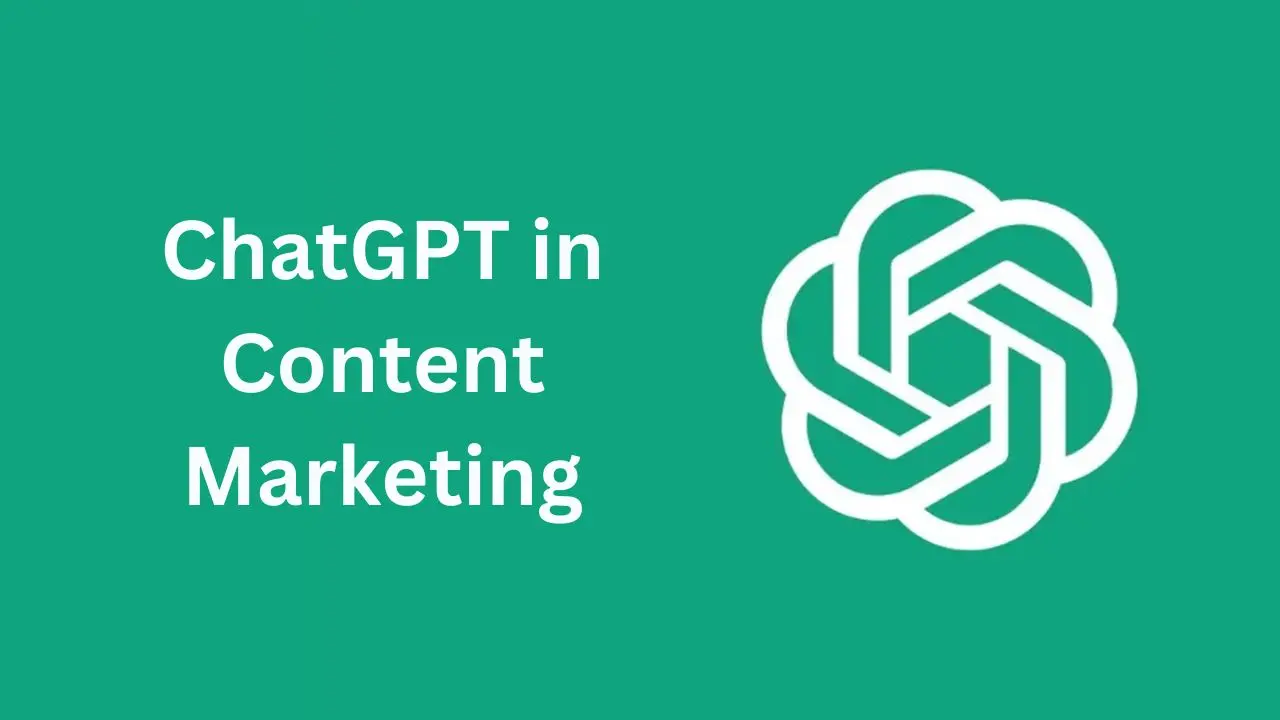Let’s be honest – creating high-quality content consistently is one of the toughest challenges in marketing. From coming up with ideas to writing and optimizing content, it takes time, effort, and creativity. That’s why more marketers are turning to ChatGPT to help with content creation. But it’s not just about using AI to “write for you”—it’s about knowing how to use ChatGPT strategically to work smarter, not harder.
In this guide, I’ll show you exactly how to use ChatGPT for content marketing in a way that saves time, improves output, and still feels authentic and human.
Why ChatGPT Is Transforming Content Marketing
ChatGPT has quickly become a favorite tool for content marketers, and it’s easy to use. See why:
- Speeds up the content creation process (no more staring at a blank page)
- Helps generate new content ideas based on trends and mysterious keywords
- Provides a low-cost way to scale content without hiring extra writers
- Assists with SEO tasks like meta descriptions, headlines, and summaries
But here’s the secret: AI doesn’t replace human marketers—it empowers them. When used right, ChatGPT helps you write better, faster, and more strategically without losing your voice or expertise.
8 Powerful Ways to Use ChatGPT in Your Content Strategy
Here are the best ways marketers are using ChatGPT to supercharge their content marketing:
1. Create Blog Post Outlines
Instead of wasting time planning your structure, ask ChatGPT to build an outline for your topic.
✅Prompt to try:
“Can you create a detailed blog post outline for ‘best AI SEO Software in 2025’ with headings and subheadings?”
This saves time and ensures you cover key points in a logical flow.
2. Write First Drafts Faster
Use ChatGPT to generate a first draft, then go in and edit for tone, facts, and keywords. This can cut writing time in half while keeping quality high.
✅Prompt to try:
“Write a 1000-word blog post on ‘how small businesses can use AI for marketing’ in a friendly and conversational tone.”
Remember: Always edit the draft to add your personal voice and verify facts.
3. Repurpose Existing Content
Feed your old blogs, webinar transcripts, or podcasts into ChatGPT and ask it to turn them into LinkedIn posts, summaries, or even scripts for Reels or TikTok.
✅Prompt to try:
“Summarize this blog post into a 150-word LinkedIn post that’s professional but engaging.” (Then paste the blog text.)
Or:
“Turn this podcast transcript into a blog outline with 5 key points.”
4. Generate SEO Meta Descriptions and Titles
Instead of manually crafting meta tags, ask ChatGPT to suggest optimized meta descriptions and catchy, SEO-friendly headlines for your posts.
✅Prompt to try:
“Write an SEO-friendly meta description (up to 155 characters) for a blog titled ‘Top 10 AI Marketing Tools for 2025.'”
Or:
“Suggest 5 catchy blog titles for an article about AI-powered marketing tools.”
5. Brainstorm Content Ideas
Stuck for ideas? Ask ChatGPT for a list of trending topics in your niche or for long-tail keyword suggestions based on your target audience.
✅Prompt to try:
“Give me 10 blog topic ideas about AI marketing for small businesses, focusing on beginner-friendly content.”
Or:
“Suggest long-tail keyword ideas related to ‘AI in digital marketing.’”
6. Draft Social Media Captions
Want to share your blog post across social channels? Use ChatGPT to create tailored captions for Instagram, Twitter, and LinkedIn—each with platform-specific tones.
✅Prompt to try:
“Write a catchy Instagram caption (under 2200 characters) to promote my new blog post titled ‘How to Use AI for Marketing.”
Or:
“Write a professional LinkedIn post summary for my article on ‘AI in content marketing.'”
7. Write Email Sequences
If you’re launching a product or lead magnet, ask ChatGPT to write a series of emails to nurture your subscribers and guide them toward conversion.
✅Prompt to try:
“Write a 5-email welcome sequence for new subscribers who downloaded my free guide on AI marketing tools. The tone should be friendly, professional, and persuasive.”
Or:
“Draft a follow-up email encouraging readers to check out my latest AI marketing blog post.”
8. Improve Content Readability
Feed your content into ChatGPT and ask for a simpler, more conversational rewrite if your audience prefers easy-to-read content.
✅ Prompt to try:
“Rewrite this paragraph in a more conversational and easy-to-read tone, targeting beginner marketers.” (then paste the text)
Or:
“Shorten this 300-word section to under 150 words while keeping the key message clear.”
Real Example: How I Used ChatGPT to Grow My Blog
When I launched my website, I struggled to keep up with content demands. In one month, I needed to publish 12 new blogs while juggling other work.
I used ChatGPT to:
-
Generate outlines for every blog
-
Write first drafts for 60% of them
-
Suggest SEO-friendly meta descriptions and headlines
-
Summarize each post for social media captions
By combining AI with my edits and SEO research, I published all blogs on schedule.
Bottom line: AI didn’t do the job alone – it helped me do mine better.
Common Mistakes to Avoid with AI Content
While ChatGPT is powerful, there are risks if you blindly copy-paste its output. Here’s what to watch for:
🚩 Factual errors: ChatGPT sometimes “hallucinates” facts. Always fact-check claims, stats, and references.
🚩 Too generic or robotic tone: AI text can sound stiff. Add your personal voice, examples, and insights to humanize it.
🚩 Missing SEO intent: ChatGPT won’t naturally prioritize keyword placement or search intent unless you guide it.
Pro tip: Think of ChatGPT as your junior writer; it needs your strategy, supervision, and edits to perform at its best.
Final Thoughts: Should You Use ChatGPT for Content Marketing?
Absolutely—if you use it wisely. ChatGPT is an incredibly useful content marketing tool to:
- Save time
- Boost idea generation
- Scale content creation
- Support SEO tasks
But the key to success is pairing AI efficiency with human expertise. Don’t rely on it blindly; instead, use it as a collaborator while keeping your content original, fact-checked, and aligned with your brand’s voice.
If you’ve never tried using ChatGPT for content marketing, start small: ask it to write an outline, a caption, or a meta description. Once you see how much time you save, you’ll wonder how you ever managed without it.
Have you used ChatGPT in your marketing yet? I’d love to hear your results—drop a comment or share your experience below!


